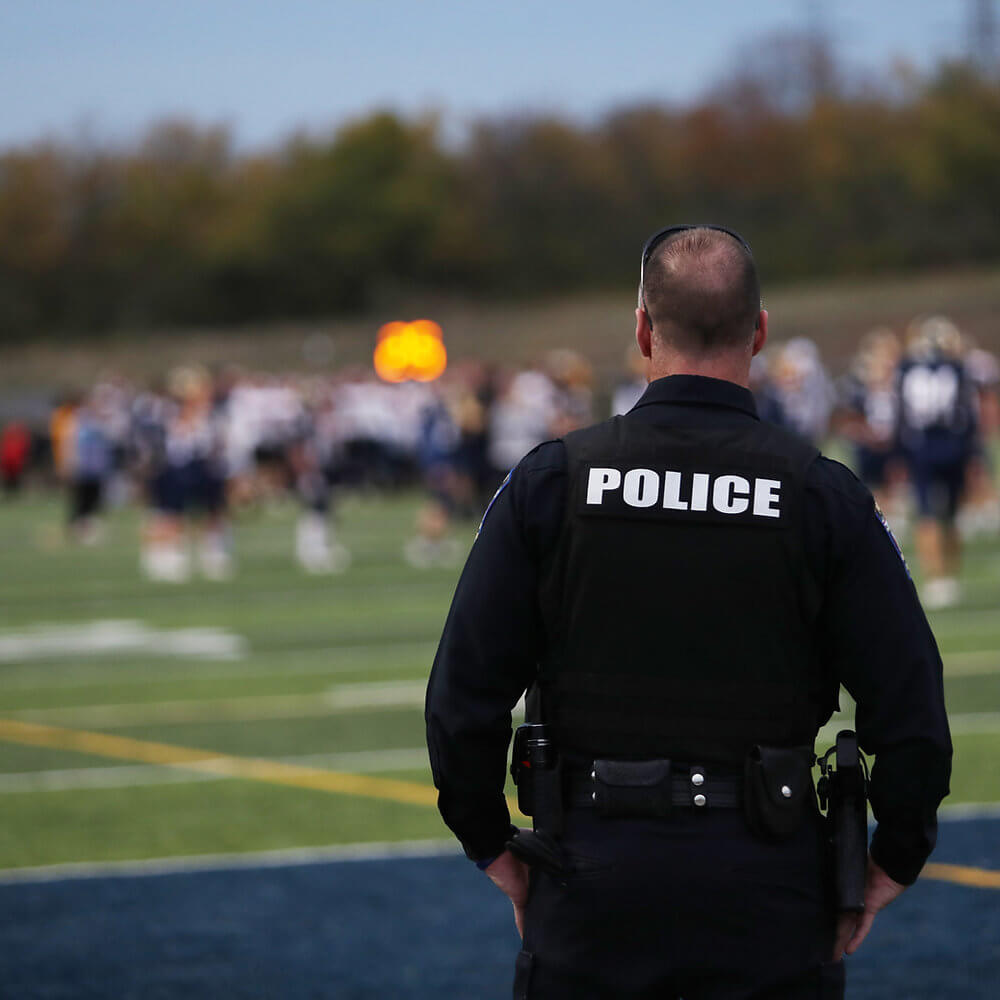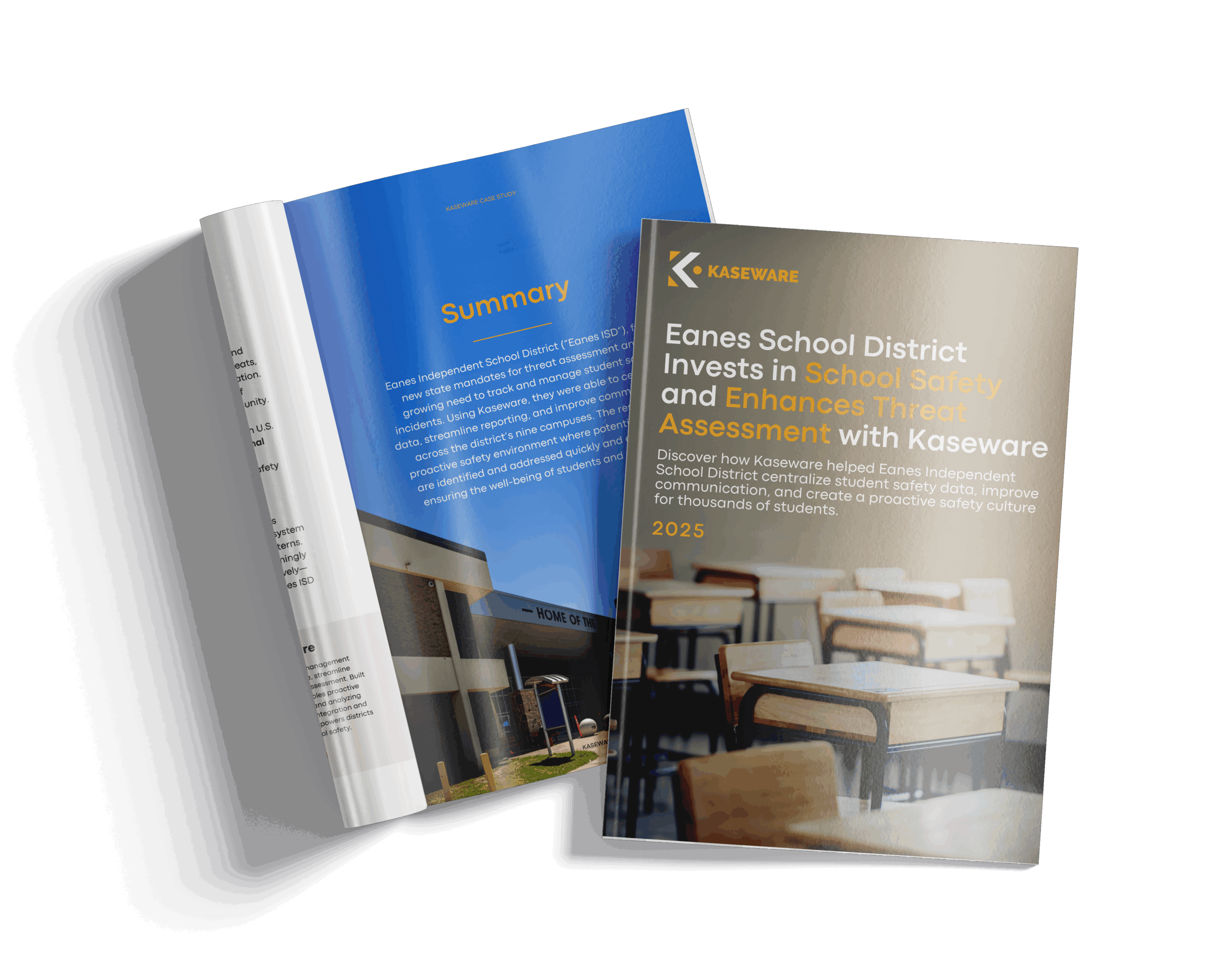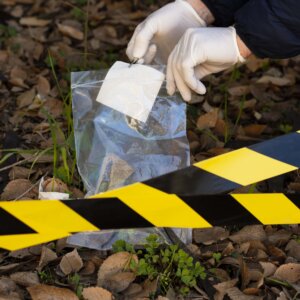
The Convergence of School Safety: How Policy, People, and Platforms are Reshaping Education Security
A New Paradigm for School Safety
In today’s educational landscape, the conversation around school safety is more urgent—and more complex—than ever before. While metal detectors and surveillance cameras once defined the scope of school security, the threats schools face today are increasingly multifaceted, often beginning online and manifesting through behavioral patterns long before an incident occurs.
District leaders and safety professionals are asking the right questions: How can we break silos across departments? How do we move from reactive responses to proactive prevention? And how do we ensure the systems we adopt support—not complicate—our efforts?
The answer lies in convergence: a holistic approach that unites policy mandates, human insight, and adaptable technology to create safer, more responsive schools.
Policy Push: From Compliance to Action
Across the U.S., schools are facing new legislative requirements that demand a more comprehensive and standardized approach to school safety. In Texas, Senate Bill 11 mandates behavioral threat assessment protocols in every school district—a growing trend that’s being echoed in other states.
While these mandates are necessary, many districts are struggling with how to operationalize them. Most schools still rely on fragmented systems: paper files, spreadsheets, and isolated digital tools that make it hard to see the full picture. The result? Delayed interventions, communication breakdowns, and a reactive rather than proactive approach to safety.
To meet today’s challenges, schools need more than compliance—they need convergence.
The Human Element: Safety Starts with People
Behind every effective school safety plan is a diverse team of educators, administrators, law enforcement officers, counselors, and support staff. These individuals are the frontline of prevention and intervention.
They’re also often the first to notice warning signs—subtle changes in student behavior, reports of bullying, or anonymous tips. But without systems that allow them to share and act on that information collaboratively, critical insights can fall through the cracks.
One clear theme emerging across the education landscape is that collaboration must extend beyond silos. The most successful safety strategies involve everyone, from custodians to crisis teams, united by a shared safety culture and supported by communication channels that bridge departments and disciplines.
Key takeaways include:
- The importance of stakeholder training to recognize and report concerns
- Creating safety protocols that are not only consistent but clearly communicated
- Fostering trust among staff, students, and the community
Technology Opportunities: Integrating for Impact
As the threat landscape evolves, so must the tools schools use to address it. Many education leaders and school safety experts emphasize the need for interoperable systems—platforms that unify data, enable real-time information sharing, and support standardized threat assessment workflows.
Security Operations Centers (SOCs) are also becoming more common in district-wide models, using integrated technologies such as:
- Video surveillance and analytics
- Access control and visitor management
- Behavioral threat assessment tools
- Real-time alerting systems
What’s clear is that configurability and integration are essential. Schools aren’t one-size-fits-all. They need technology that adapts to their workflows, centralizes communication, and breaks down traditional barriers between departments.
Kaseware supports this vision by enabling districts to:
- Connect disparate data systems and sources
- Manage incidents and assessments in a single, secure environment
- Empower cross-functional teams with shared, role-based access
When technology is built with people and process in mind, it stops being a burden—and starts being a force multiplier.
Eanes ISD: A Real-World Example of Convergence
A School District in Texas is a powerful example of how schools can operationalize convergence.
Faced with the requirements of Senate Bill 11 and a growing volume of complex safety concerns, Eanes Independent School District implemented Kaseware to bring together their data, workflows, and people. The result has been a more unified, proactive, and effective approach to school safety.
Highlights include:
- Policy into practice: Eanes adopted Kaseware to follow state mandates on behavioral threat assessment.
- Integrated data: The district centralized critical information—from discipline records and anonymous tips to videos and risk assessments.
- District-wide coordination: Counselors, administrators, and school police all operate from the same system, enabling faster, more informed interventions.
Eanes ISD: A Real-World Example of Convergence
Read the full case study to learn how Kaseware helped the Eanes ISD identify patterns early, respond more efficiently, and build a culture of prevention—not just response.

Building a Safer Future
Technology alone doesn’t create safety. True school safety comes from embedding systems, trust, and strategy into the very fabric of school culture.
Districts that embrace convergence—across people, platforms, and policy—are better equipped to address today’s challenges and prepare for tomorrow’s.
As school safety continues to evolve, we encourage education leaders to ask:
- Are our tools helping us connect the dots—or keeping us in silos?
- Do our systems support collaboration across roles and campuses?
- Are we moving from reactive response to proactive prevention?
Eanes ISD shows what’s possible. If you want to learn more about how your district or educational institution can benefit from a more unified approach, book a demo with our team.
The future of school safety is integrated, proactive, and people-centered. Let’s build it—together.








